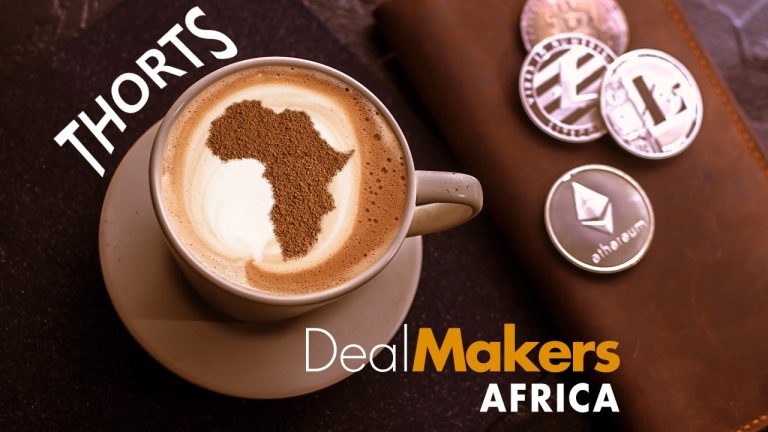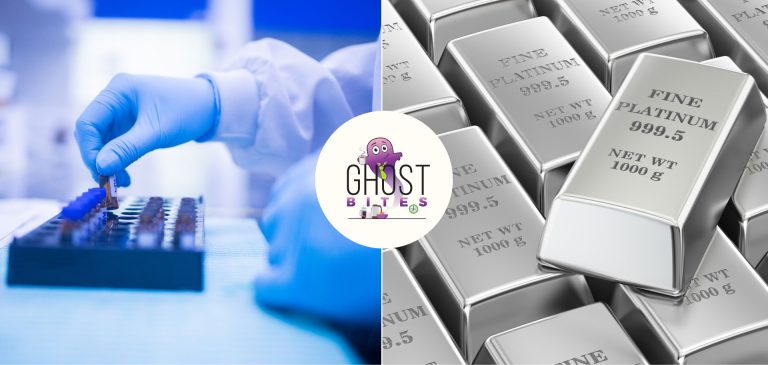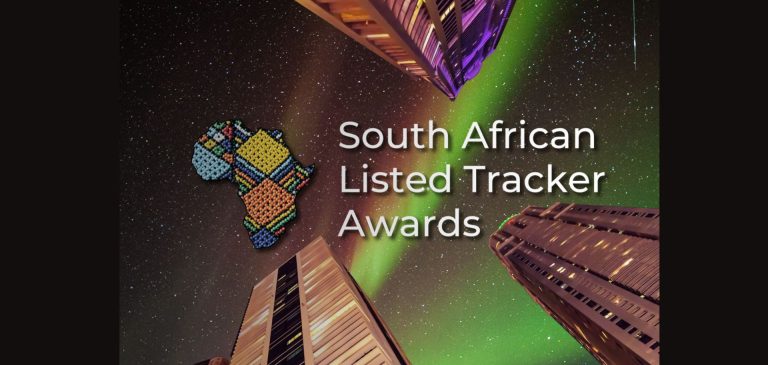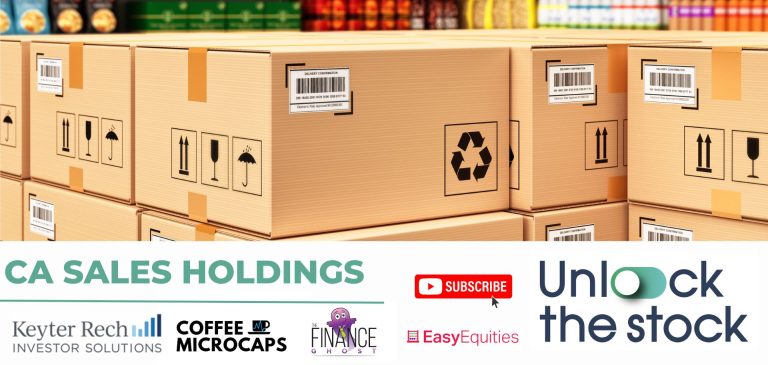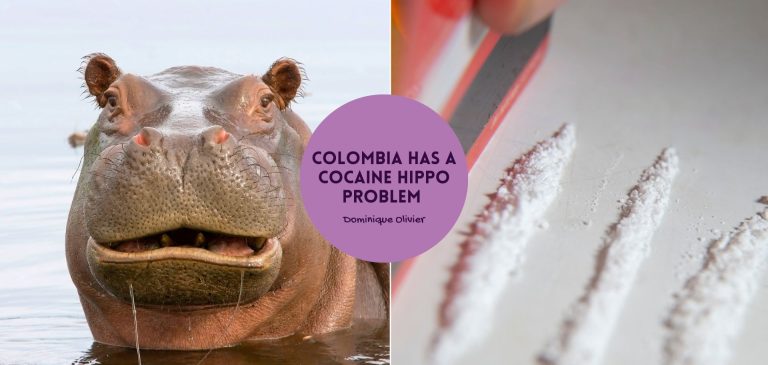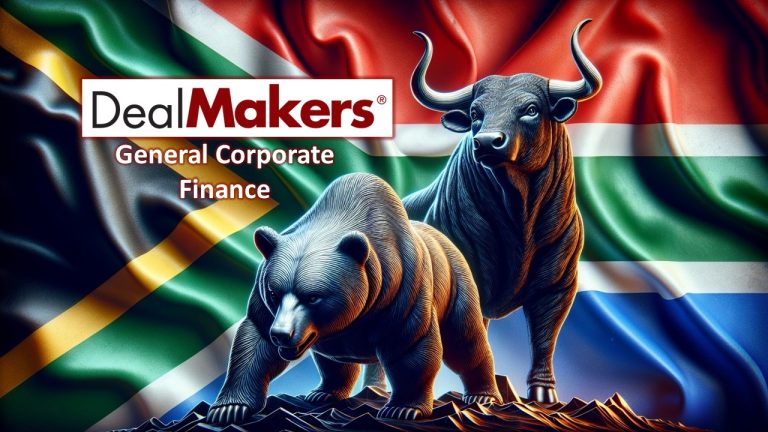THE STATE OF E-COMMERCE AND THE DEMAND FOR LOGISTICS SOLUTIONS
The e-commerce sector in Africa is experiencing remarkable growth, driven by a youthful, tech-savvy population and rapidly expanding internet penetration. The International Trade Administration (ITA) expects the number of online shoppers in Africa to reach 520 million by 2025, a 56% increase from the 334 million reported in 2021, with revenues projected to surpass US$46 billion by 2025.1
Despite this promising trajectory, logistics remain a significant barrier due to underdeveloped infrastructure and high operational costs. Addressing these challenges is critical for sustaining and scaling Africa’s e-commerce growth story. The purpose of this article is twofold, namely (i) to touch on several logistical challenges currently being experienced by African e-commerce companies, and (ii) to highlight a number of solutions and initiatives undertaken to address such logistical challenges.
LOGISTICAL CHALLENGES
Africa is witnessing a digital transformation in retail, with countries like Nigeria, South Africa and Kenya at the forefront. In Nigeria alone, e-commerce contributes around 10% of all retail sales, 2 largely propelled by platforms like Jumia, which reported 30 million unique visits per month in 2023, 3 compared to 10 million visits on Takealot in South Africa.4 However, rural and peri-urban areas, home to a majority of the population, often remain underserved due to poor logistics infrastructure.
According to the ITA, cross-border e-commerce accounts for a growing share of total online transactions, highlighting the need for seamless regional logistics networks. Unfortunately, the average cost of transporting goods in sub-Saharan Africa is 50% to 75% higher than in other developing regions globally, making last-mile delivery a persistent challenge.5
Poor road networks result in extended delivery times, while fragmented regulatory environments complicate cross-border trade. For instance, across the continent, only 43% of roads are tarred; 30% of these paved roads are located in South Africa. 6 This deficit in paved roads has been detrimental to building a modern economy as 80% of goods are transported by road. 7 Additional limitations include customs clearance, which can take up to 30% longer in Africa compared to the global average, 8 and warehousing capacity, which remains limited, with an average of only one square meter of storage per capita being available in Africa, compared to three square meters in Asia.9
Postal services in most African countries are extremely limited or non-existent, hamstringing e-commerce operations. According to the World Bank, South African container ports rank among the most inefficient, owing to infrastructure gaps, with port operator Transnet seeing its losses top US$381 million in 2023,10 and port and rail failures estimated to be costing the South African economy up to US$19 billion a year. 11
In addition to the above, currency exchange risks, inconsistent tariffs, and inefficient customs procedures also remain barriers for effective e-commerce in Africa.
Nonetheless, these challenges present opportunities for investment. The African Continental Free Trade Agreement (AfCFTA), which aims to create a single market for goods and services across 54 African countries, could significantly enhance regional trade logistics. By 2030, AfCFTA is expected to boost intra- African trade by 52%, underscoring the importance of harmonised logistics systems.12
INNOVATION, INVESTMENT TRENDS AND SOLUTIONS
Innovative solutions are emerging. Blockchain technology, for instance, is being piloted to streamline customs processes and improve transparency. Similarly, digital payment systems like M-Pesa in Kenya and MTN Mobile Money in various West African countries have become household names. These platforms allow users to store, send and receive money using mobile phones, offering a convenient alternative to traditional banking, especially in regions with limited banking infrastructure, fostering financial inclusion. These systems have reduced transaction barriers, facilitating smoother cross-border trade.
African countries are still behind global retail banking habit averages, with almost half of African adults not in possession of any formal bank account. In terms of saturation, Kenya leads the African continent with 88% of its population having bank accounts, followed by South Africa (82%), Nigeria (51%), Morocco (42%), and Egypt (38%).
The result is that debit card payment methods only represented 10% of transactions in 2021, while credit card ownership rates are low, at an average 2% for the entire continent.13 Therefore, online payments remain a perennial challenge for businesses wishing to target e-commerce consumers in African markets.
To address some of the challenges discussed above, and other logistical barriers, significant strides are being made in logistics innovation. For instance:
Drone technology: Startups like Zipline have deployed drones to deliver medical supplies in rural Rwanda, showcasing the potential for such technologies in broader e-commerce applications.
Warehousing expansion: Investments in urban fulfilment centres, such as DHL’s multimillion-dollar hubs in Lagos and Nairobi, are enhancing storage and distribution efficiency.
AI and data analytics: Companies are leveraging AI to optimise delivery routes, reducing costs and transit times. For example, Jumia’s logistics network uses data-driven tools to handle over 20 million packages annually.14
Funding: The African Development Bank has allocated US$10 billion to transport infrastructure projects between 2020 and 2030, aiming to improve road networks critical for e-commerce logistics in Africa. 15
Partnering with global shipping firms: Cross-border trade is a vital requirement for growth for e-commerce in Africa. Platforms like Konga and MallforAfrica have expanded their reach by partnering with global shipping firms, enabling African products to access international markets.
SCALING E-COMMERCE THROUGH LOGISTICS TRANSFORMATION
Africa’s e-commerce sector is poised for significant growth, but its potential hinges on resolving logistics challenges. Investments in infrastructure, adoption of advanced technologies, and regional policy harmonisation are crucial. With over 60% of Africa’s population under 25 years old16 and mobile internet penetration expected to reach 68% by 2025,17 the continent’s digital economy is set for a bright future. By solving the logistics puzzle, Africa can unlock the full potential of its e-commerce market and drive broader economic development.
Given the challenges and the innovative solutions being developed, there are significant infrastructure opportunities in this space. To facilitate easier access to capital for institutions in this sector, focused efforts are essential. PSG Capital has extensive experience in supporting capital-raising initiatives, aiding the growth and development of companies and logistics industries across Africa.
Konrad Fleischhauer and Bhargav Desai are Corporate Financiers | PSG Capital
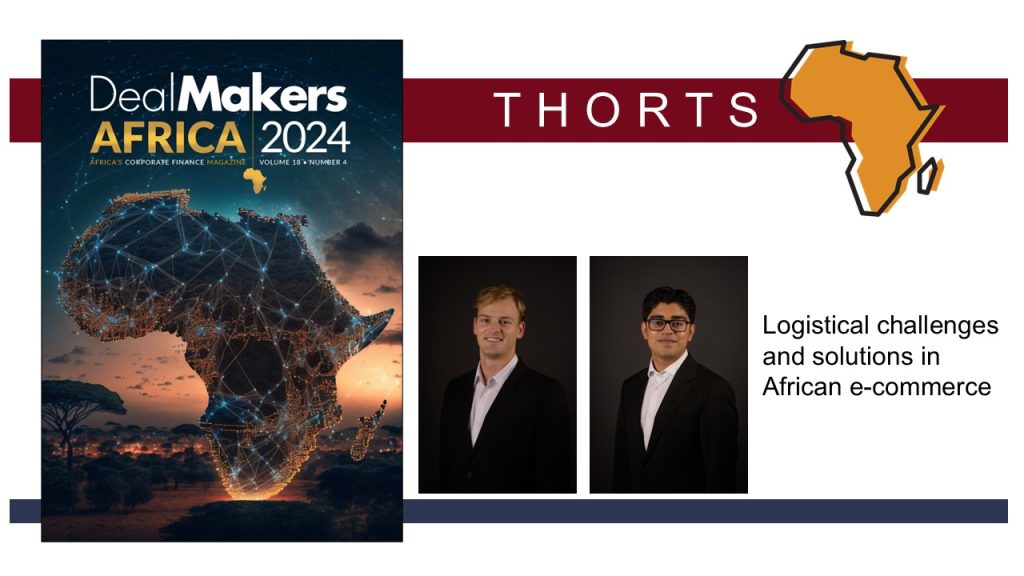
This article first appeared in DealMakers AFRICA
DealMakers AFRICA is the continent’s quarterly M&A publication
www.dealmakersafrica.com
1 – https://www.trade.gov/rise-ecommerce-africa
2 – https://www.dw.com/en/africa-sees-rise-in-e-commerce-digital-marketplace
3 – https://www.dw.com/en/africa-sees-rise-in-e-commerce-digital-marketplace
4 – https://www.dw.com/en/africa-sees-rise-in-e-commerce-digital-marketplace
5 – https://www.trade.gov/rise-ecommerce-africa
6 – https://www.cgdev.org/project/designing-roads-africas-future
7- https://www.cgdev.org/project/designing-roads-africas-future
8 – https://www.dw.com/en/africa-sees-rise-in-e-commerce-digital-marketplace
9 – https://www.dw.com/en/africa-sees-rise-in-e-commerce-digital-marketplace
10 – https://www.transnet.net/InvestorRelations/Pages/Annual-Results-2024.aspx
11 – https://www.africanews.com/capacity-gaps-slow-competitiveness-of-south-africasports-business-africa
12 – https://www.trade.gov/rise-ecommerce-africa
13 – https://www.trade.gov/rise-ecommerce-africa
14 – https://rwandatechnews.com/zipline-revolutionising-healthcare-logistics-in-rwanda/
15 – https://ssir.org/articles/entry/zipline-health-innovations-africa
16 – https://www.logupdateafrica.com/e-commerce/e-commerce-logistics-africas-growth-frontier
17 – https://www.logupdateafrica.com/e-commerce/e-commerce-logistics-africas-growth-frontier

